In the fall of 2012, I had the privilege of helping author and fitness extraordinaire, Erin Beresini prepare for the Spartan Ultra Beast. Though Erin had plenty of experience in the endurance world (she competed in the Boston Marathon, Ironmans, and a countless amount of other races), this preparation was a little different. Erin was not only running the race, she was writing a book about her preparation and the world of obstacle course racing. She was also recovering from an injury, which meant she was not up to her normal standard of fitness (and therefore needed to improve her strength.)
I recently had a chance to catch up with Erin and interview her about her finished book titled Off Course: Inside The Mad, Muddy World Of Obstacle Course Racing. Read the interview here:
Why did you choose this race?
This was the first time that there was an obstacle race this long and I wanted to see how the runners would handle it. It was also the unknown that brought many of the pros to this race.
What was the hardest part of this race?
The race course was set up in a loop that you had to do two times, knowing that I had to do a second loop was by far the biggest challenge. I knew what I was in for. The other hardest part was later in the race it started to rain and it was getting dark.
How long did it take you to finish this race? 12 hours and 45 minutes. I was almost the last person to finish.
How did the strength training help you? I couldn’t have finished the race without doing strength training. The race is totally run-able so I had to hike and having the strength to get through the obstacles really helped me. Having you to teach me how to pick things up off the ground also saved my back.
What was the one exercise that we did that you found most helpful?
You making me carry a 45lb sandbag and doing repeats up a 70 plus staircase. I remember thinking that the people around me must think I’m insane doing this. During the race one of the obstacles was carrying things up the mountain. I knew how from this exercise how to pick it up and place it on my shoulder.
Erin writes about health and fitness for Outside online and is a contributing writer to Triathlete Magazine and Men’s Journal. She started Outside’s Fitness Coach column, and has written articles for Outside Magazine, Inside Triathlon, espnW, and the New York Times. Erin’s book is due out Oct. 14th 2014
*image by The National Guard, Flickr




